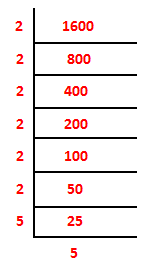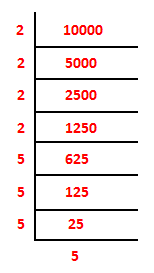CLASS-6
FINDING SQUARE ROOTS
FINDING SQUARE ROOTS -
Finding square roots involves finding a number that, when multiplied by itself, gives the original number. There are various methods to calculate square roots, but I'll explain two common approaches: the long division method and the Babylonian method (also known as the Heron's method).
- Long Division Method:- This method is suitable for finding the square root of any positive real number, but it can be time-consuming for large numbers.
Let's find the square root of a number "N":-
Step 1:- Start by grouping the digits of "N" into pairs, starting from the decimal point (if there is one) and working towards the left. Add a decimal point to the right of the last digit if "N" has an odd number of digits.
Step 2:- Find the largest perfect square that is less than or equal to the leftmost group of digits. Let's call this square "x." Write "x" as the leftmost digit of the square root.
Step 3:- Subtract "x^2" from the leftmost group of digits and bring down the next group of digits to the right of the result.
Step 4:- Double the current value of the square root and write the missing digit to the right to form a two-digit number. Let's call this number "y."
Step 5:- Find the largest digit "d" such that "dy" is less than or equal to the result obtained in Step 3. Write "d" as the next digit of the square root.
Step 6:- Subtract "dy" from the result obtained in Step 3 and bring down the next group of digits.
Step 7:- Repeat Steps 4 to 6 until all the digits are processed.
Example.1) Let's find the square root of 169
Ans.)
Step 1:- Group the digits: 1 | 69 (add decimal point if needed: 1. | 69)
Step 2:- The largest perfect square less than or equal to 1 is 1. Write 1 as the leftmost digit of the square root.
Step 3:- 1 - 1^2 = 0; bring down 69.
Step 4:- Double the current value of the square root: 1 * 2 = 2. Write 2 to the right to form "12."
Step 5:- Find the largest digit "d" such that "d * 12" is less than or equal to 69. The largest d is 5 (5 * 12 = 60).
Step 6:- 69 - 60 = 9; bring down nothing else as there are no more digits.
Step 7:- The square root of 169 is 13.
Another way of finding square roots -
Example.1) Finding square roots of 1600
Ans.)

1600 = 2 X 2 X 2 X 2 X 2 X 2 X 5 X 5
= 2² X 2² X 2² X 5²
Or, √1600 = √2² X 2² X 2² X 5²
= 2 X 2 X 2 X 5 = 40
So, √1600 = 40 (Ans.)
Example.2) Find square root of 10000.
Ans.)

10000 = 2 X 2 X 2 X 2 X 5 X 5 X 5 X 5
= 2² X 2² X 5² X 5²
Or, √10000 = √2² X 2² X 5² X 5²
= 2 X 2 X 5 X 5 = 100
So, √10000 = 100 (Ans.)
2. Babylonian Method (Heron's Method):- This method is an iterative approach and is typically used for approximating square roots of large numbers.
The formula for the Babylonian method is: Xn+1 = (Xn + N / Xn) / 2
Where: Xn+1 is the next approximation of the square root. Xn is the current approximation of the square root. N is the number for which the square root is being found.
To use this method, you start with an initial guess for the square root (X0) and then repeatedly apply the formula until the value converges to a desired accuracy.
Example.1) Let's find the square root of 169 using the Babylonian method.
Ans.)
Step 1:- Start with an initial guess, let's say X0 = 13.
Step 2:- Use the formula to calculate the next approximation: X1 = (X0 + 169 / X0) / 2 = (13 + 169 / 13) / 2 ≈ 13.15384615
Step 3:- Repeat the process with the new approximation: X2 = (X1 + 169 / X1) / 2 ≈ 13.15294644
Step 4:- Continue this process until you reach the desired level of accuracy.
The more iterations you perform, the closer the approximation will be to the actual square root. In this example, the square root of 169 is approximately 13.15384615 (rounded to 8 decimal places).